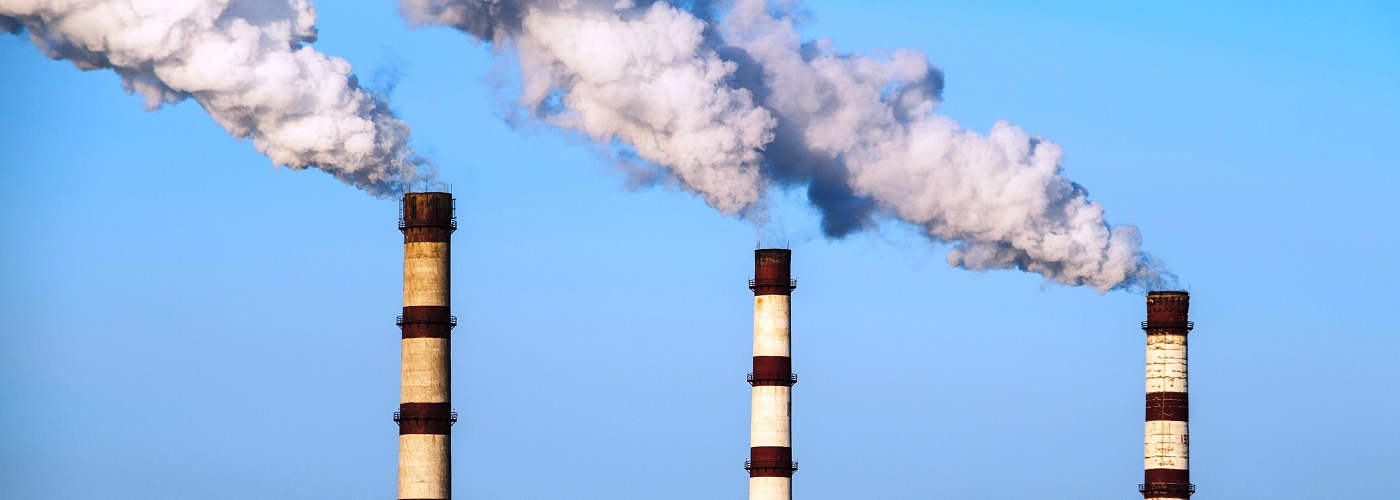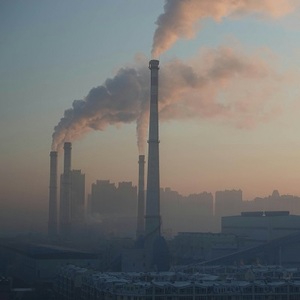

Over the past 20 years, while the world reliance on fossil fuels has decreased, the majority of both our electricity (63.3%) and total energy consumption (84.3%) still relies on fossil fuels, versus low-carbon-based sources. A 2020 study by researchers at Penn State aimed to see if fossil fuels, air pollution, and the world economy are inextricably linked, or if there are some promising signs of cleaner economic growth to be found.
The researchers used satellite data from 2001-2018 to give an estimate of the human-caused pollution (aerosols) across the globe. To track how much fossil fuel each country was burning, they relied on the Open-source Data Inventory for Anthropogenic Carbon and compared this to gross domestic product data from the World Bank.
What they uncovered was that at the larger continental scale, economic growth still means increased fossil fuel burning and increased pollution. However, there are some notable exceptions of individual countries which grew their economies while cutting back on carbon dioxide emissions. The United States as well as many European countries grew their economies in the 1-4% range, since 2001. During that same time frame their carbon dioxide emissions either stayed the same or decreased by as much as 2.5%. While this reduction in emissions is modest, it does illustrate that economic growth doesn't have to be inextricably linked to increased fossil fuel burning.
While this trend holds for many developed countries, those countries that are still considered developing and show some of the most increased economic growth have some of the biggest increases in carbon dioxide emissions, as well. However, the data from the more developed countries illustrates that such pollution growth need not continue indefinitely. As renewable energy technology and infrastructure matures in those countries in the future, they can eventually reach a point where they can still grow their economies without the negative impacts to climate and human health.

